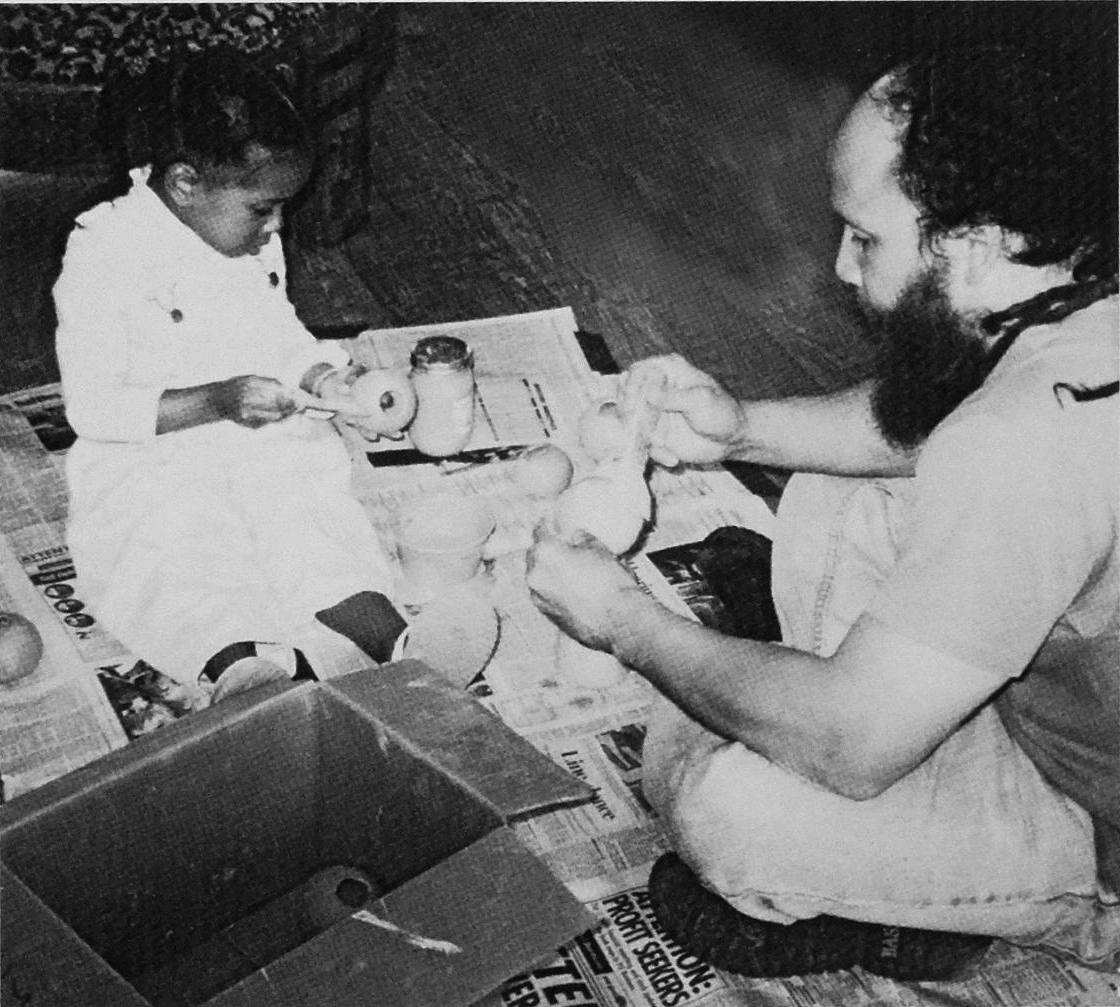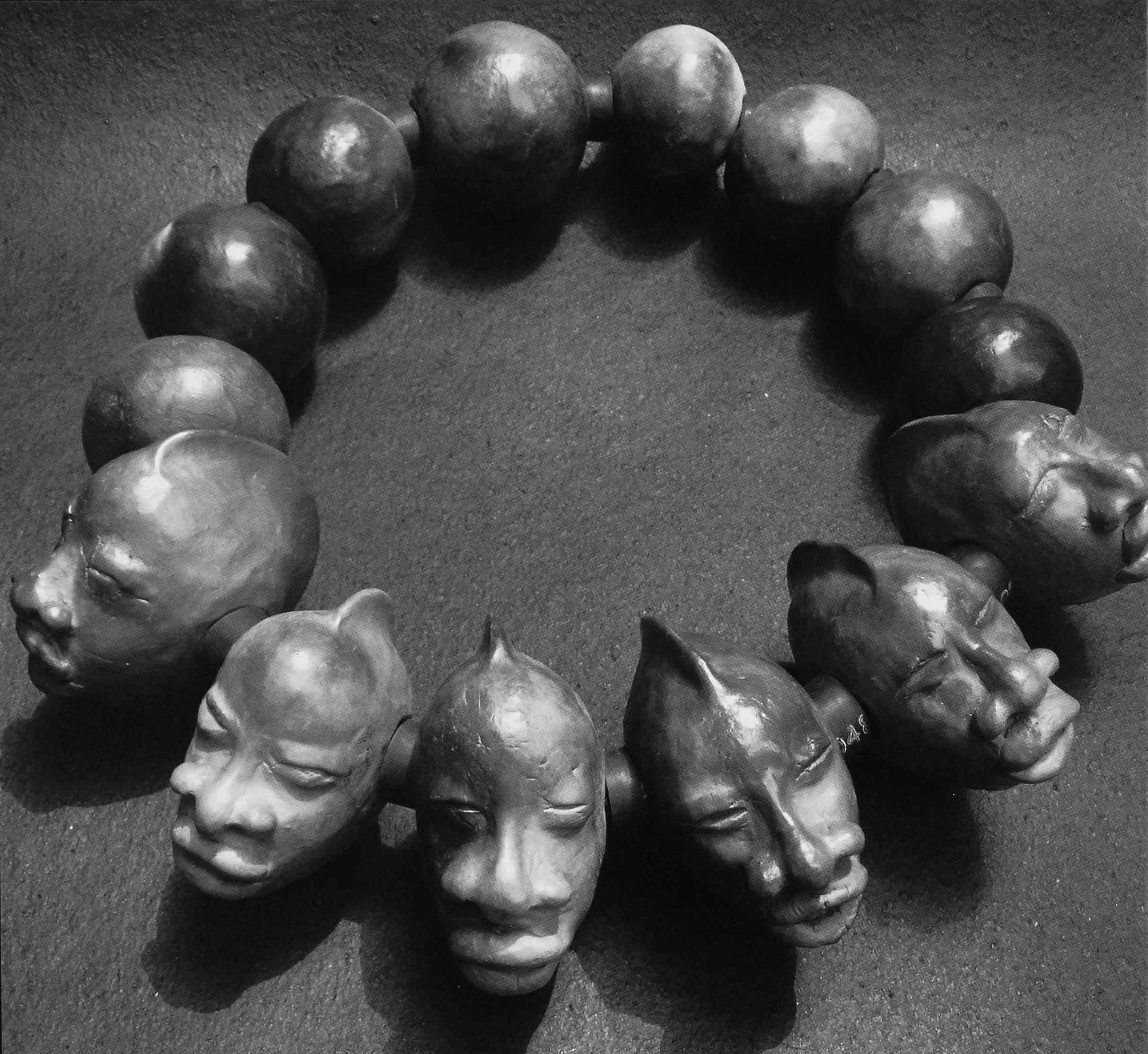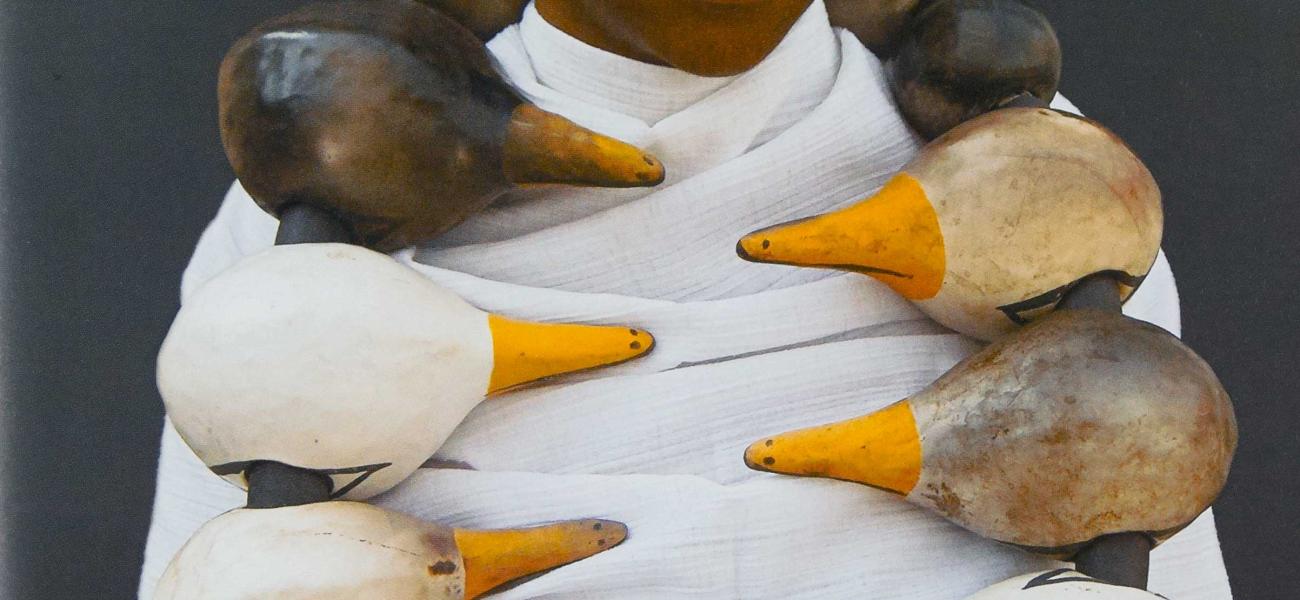Piecing It Back Together
I was raised in a rambunctious household with six brothers and five sisters, where privacy was limited and personal possessions were often contested. Since early adolescence, I have had an affinity for producing objects out of clay. As a high school student I attended ceramics classes at the Manchester Craftsmen's Guild's (MCG) in Pittsburgh. MCG served as a retreat from the challenges of being one of twelve children; through my work in the pottery studio I found purpose and calmness that was not available to me anywhere else. My hours in the studio gave me a much-needed opportunity to produce, reflect, and position myself for the next chapter of my life.

Two years later, I was offered a fellowship to study art education in the doctoral program at Penn State University. The timing was less than ideal, but I jumped at the opportunity. For a while I maintained a relatively consistent work schedule in the studio, but more often than not I was working to rehydrate work from weeks before. We had a newborn son, Sharif, and Assata was by then a toddler. It appeared that I had no time for anything outside of my identities as a husband, father, teacher, and student. I taught undergraduate courses during the day, attended graduate courses in the evening, and rushed home to relieve my exhausted wife whenever I could.
Working outside the house felt extremely selfish, so I set up a studio in the basement of our home. Unfortunately, I was constantly washing my hands and running upstairs to help with the kids. It seemed impossible to generate any momentum. My pots either took forever to complete, or they dried out before I could get back to them. Either way, it was an extremely frustrating time. I was thoroughly convinced that there was no place in my life for making pots. Since I was a teenager, being a "potter" had been an integral aspect of my identity, but I had become a husband, a father, a teacher, and now had to grapple with the notion of being a student again. It was devastating.
As I finished my coursework and embarked on writing my dissertation, which seemed an insurmountable task, it became increasingly critical that I find a way to balance my energies and set aside a reflective time and place for making. I needed to adjust my attitude, my aesthetic, and my work ethic. I thought to myself, "How can I make this fit into my life, and not at the expense of something or someone else?" I could barely keep it together, and I was not willing to force my family to make any more sacrifices. At Penn State I met up with Chris Staley on a few occasions for lunch. I have always admired Chris as an artist, but his insights about teaching and life outside of the studio were particularly valuable to me at this time. I now have an additional appreciation for his sincere reflections and his deep sensitivity to people and issues. Chris shared a story that made a significant impact on me. It involved the tension between his desire to complete a series of vessels and his daughters' hopes for spending an afternoon of sledding with their dad. After several pleas from his daughters, Chris decided to leave the studio for the day. After enjoying a wonderful afternoon, he spent subsequent days with the kids, abandoning the work altogether. While this was not a complex tale, it was a timely and relevant story. I struggled with my professional priorities, artistic and academic pursuits, and my roles as a parent and husband. Indirectly, Chris's story was a cautionary tale that reinforced the importance of family. Sometimes we become so enthralled in our passion for our work that we lose sight of the place from which our passions stem. My kids would never be toddlers again. Their laughter fed my spirit, but it wouldn't be long before their childhoods became memories. I; decided that perhaps this was not the chapter of my life when I could selfishly close the studio door and work through the night. I also knew that there must be a studio rhythm that could be conducive to my lifestyle.
At around the same time, I saw a galvanizing exhibition of contemporary art jewelry that brought to mind comments Don Reitz had made during a lecture I had attended several years before. Reitz said that he doesn't make vessels, he makes what he calls "sculptures of pots," a way of paying homage to the history of the vessel. This statement changed my outlook on the process and representation of contemporary crafts. While some people honor craft: traditions by working as potters, blacksmiths, weavers, or woodworkers, Reitz's work served to memorialize the history of the vessel and vessel making. As I left the jewelry exhibit I thought that if Reitz could produce sculptures of pots, then I could also honor craft tradition by using it as a point of departure for contemporary ceramic sculptures.
 I began to work on a small scale, primarily focusing on form and abandoning the large thrown jars and teapots with intricate surfaces for which I was locally known. My hope was to produce pieces that I could complete in one sitting. I did not want to depend on any spatial or equipment needs, and I wanted mobility and immediate access to the kids while I worked. I set up satellite studios in some of the most active areas of the house, working on top of shipping quilts in order to keep my areas clean. Each "setup" was complete with a shipping quilt, basic clay tools, brushes, and a large mound of clay. I primarily worked in the living room while I watched television with the kids, but I also had setups in the bedroom, in the yard, and in the kitchen. I developed a prolific system that enabled me to produce reasonably-sized pieces in three to five minutes, employing a combination of pinch and coil techniques. I later applied terra sigillata and burnished these forms before firing them and storing them away in boxes. It was not long before I stockpiled hundreds of pinch pots, which evolved into beadlike forms inspired by functional vessels and figures, as well as body adornment and traditional African jewelry and currencies.
I began to work on a small scale, primarily focusing on form and abandoning the large thrown jars and teapots with intricate surfaces for which I was locally known. My hope was to produce pieces that I could complete in one sitting. I did not want to depend on any spatial or equipment needs, and I wanted mobility and immediate access to the kids while I worked. I set up satellite studios in some of the most active areas of the house, working on top of shipping quilts in order to keep my areas clean. Each "setup" was complete with a shipping quilt, basic clay tools, brushes, and a large mound of clay. I primarily worked in the living room while I watched television with the kids, but I also had setups in the bedroom, in the yard, and in the kitchen. I developed a prolific system that enabled me to produce reasonably-sized pieces in three to five minutes, employing a combination of pinch and coil techniques. I later applied terra sigillata and burnished these forms before firing them and storing them away in boxes. It was not long before I stockpiled hundreds of pinch pots, which evolved into beadlike forms inspired by functional vessels and figures, as well as body adornment and traditional African jewelry and currencies.
In the fall of 2009, I joined the faculty of Syracuse University with a dual appointment in the School of Visual Arts and the School of Education. This method of balancing my responsibilities at home with my passion for studio art and my pursuits as a teacher and researcher has served me well in an academic appointment that requires me to publish and maintain an active exhibition record. I receive positive annual reviews, and I am fortunate to spend lots of time with my wife and kids. Each of these roles and duties informs the other. Both the process and the complete works serve as metaphors for the relationship between parts and the whole - between responsibilities and priorities, passion and values. Despite the complexities and demands of life, through my studio practice I am once again grounded, and it's all coming back together.


